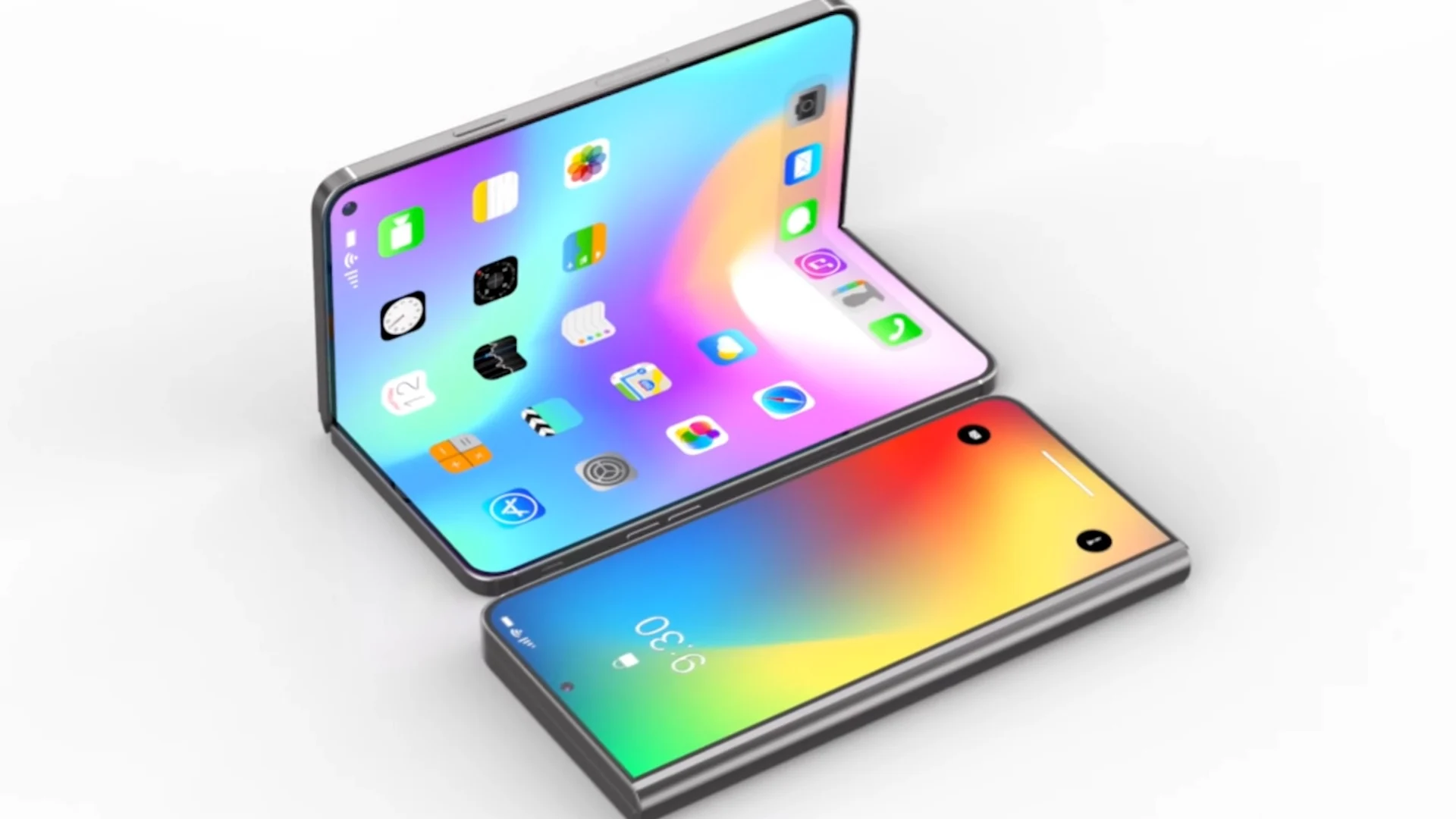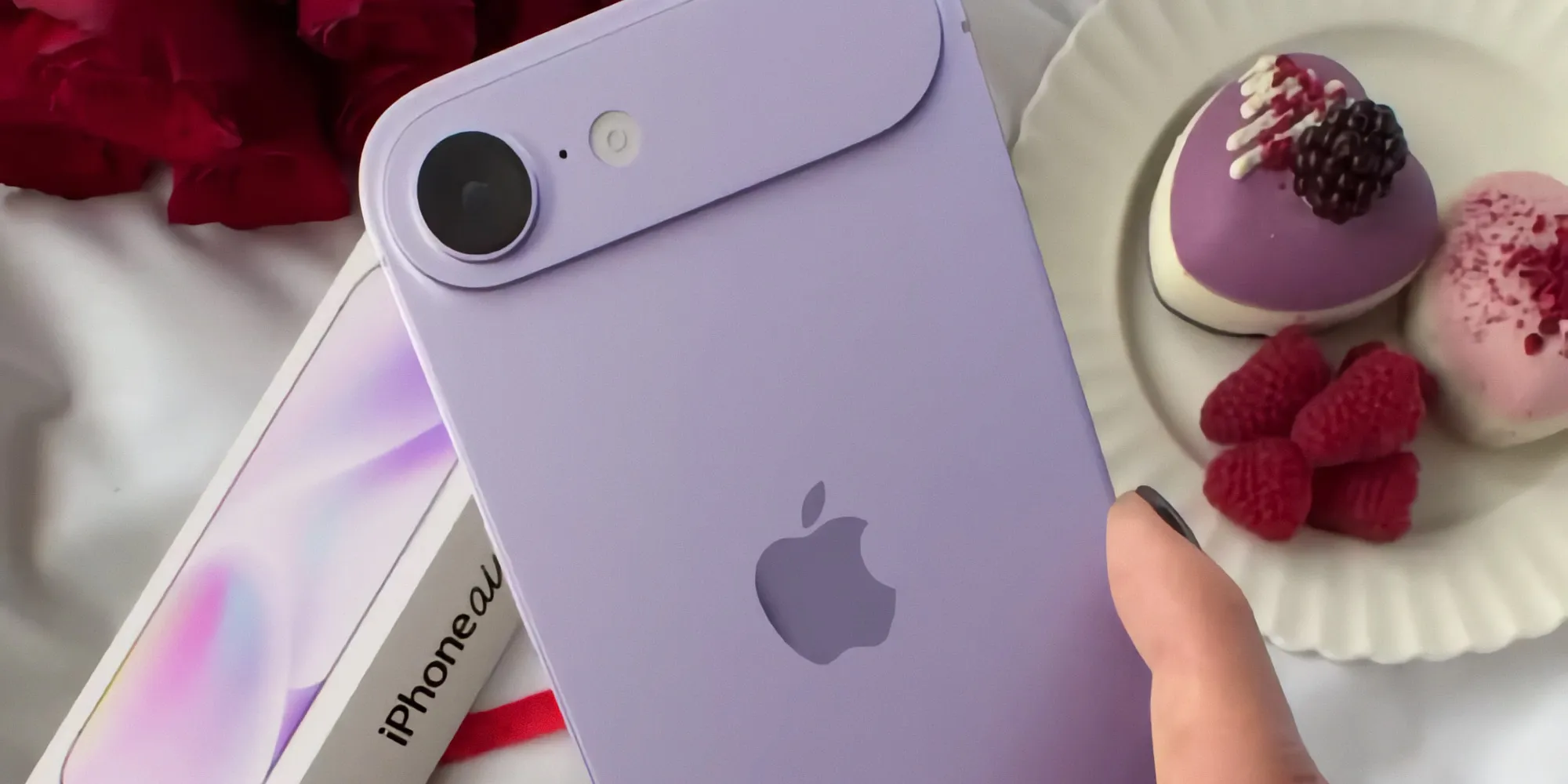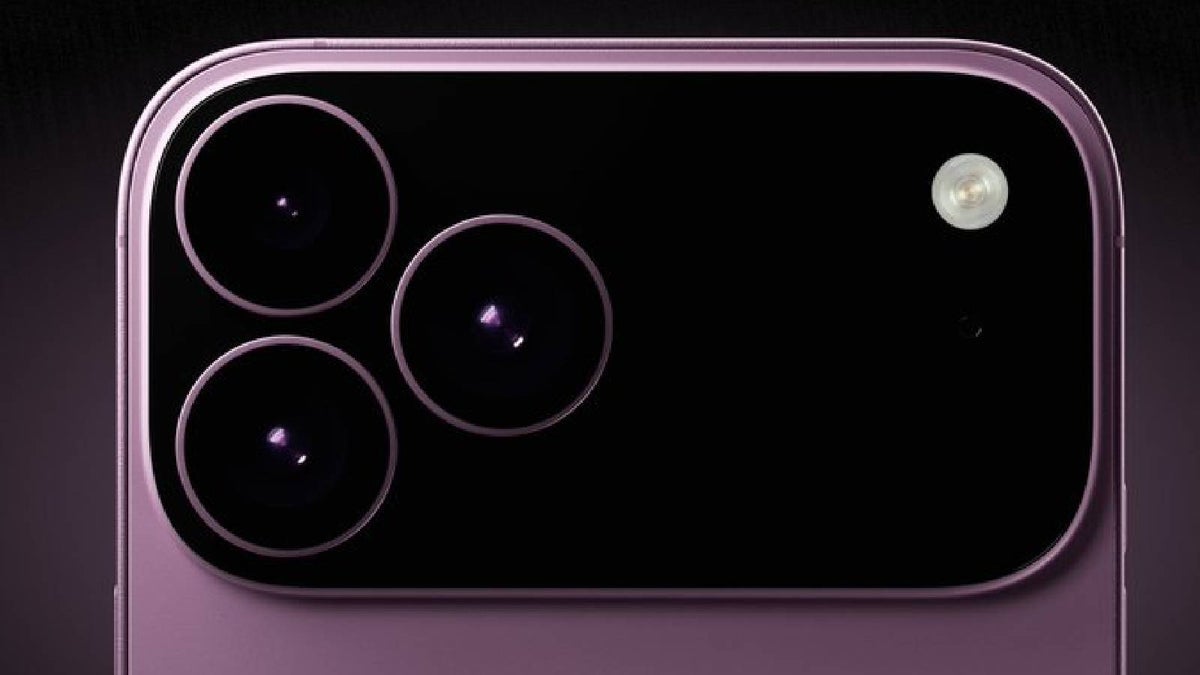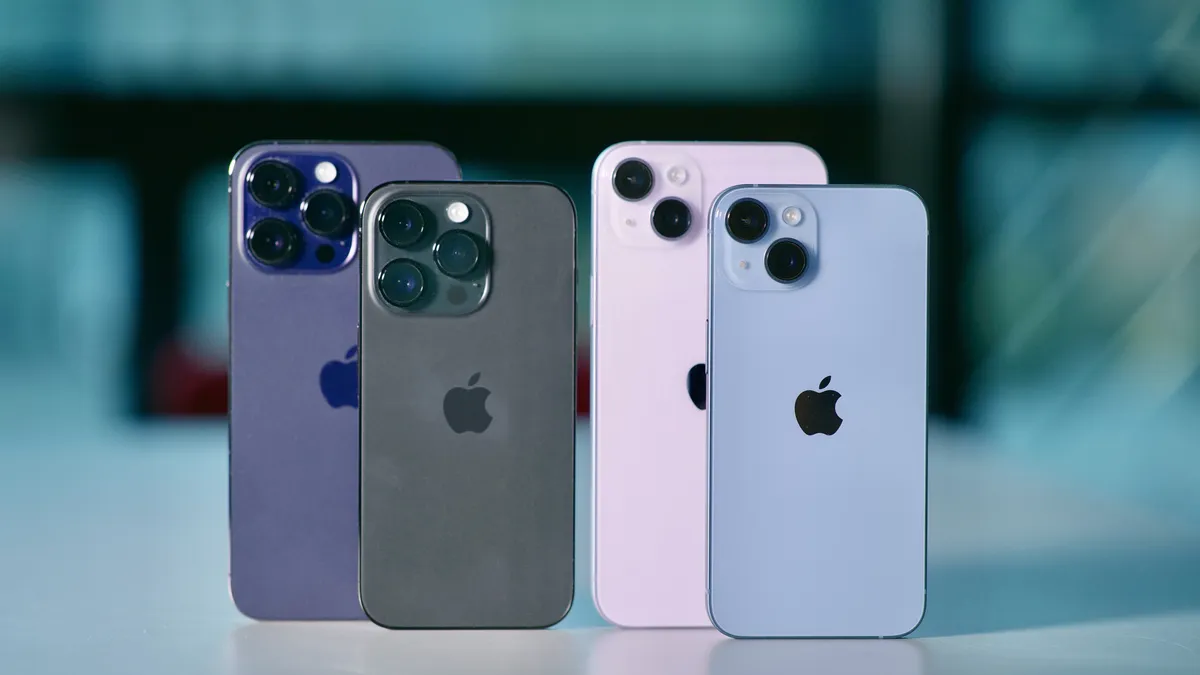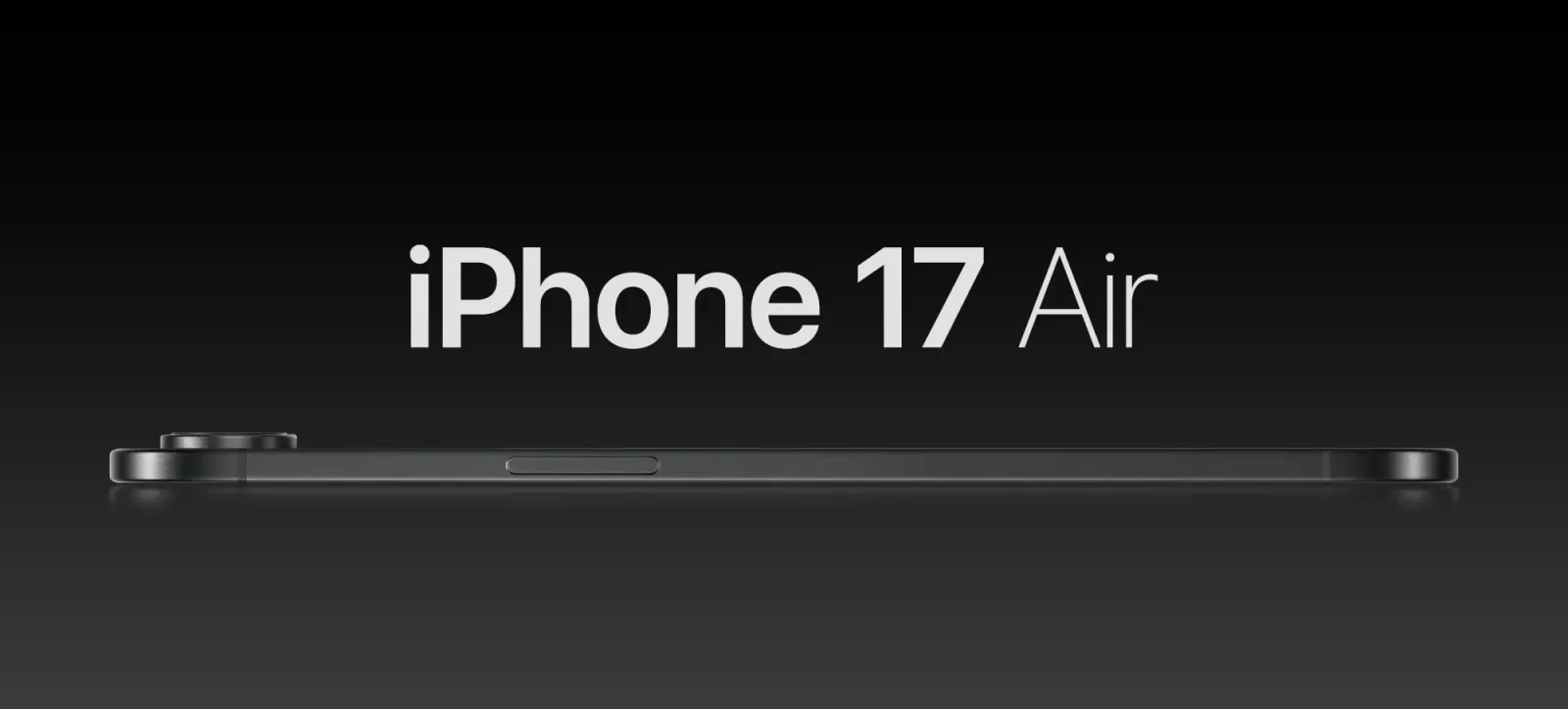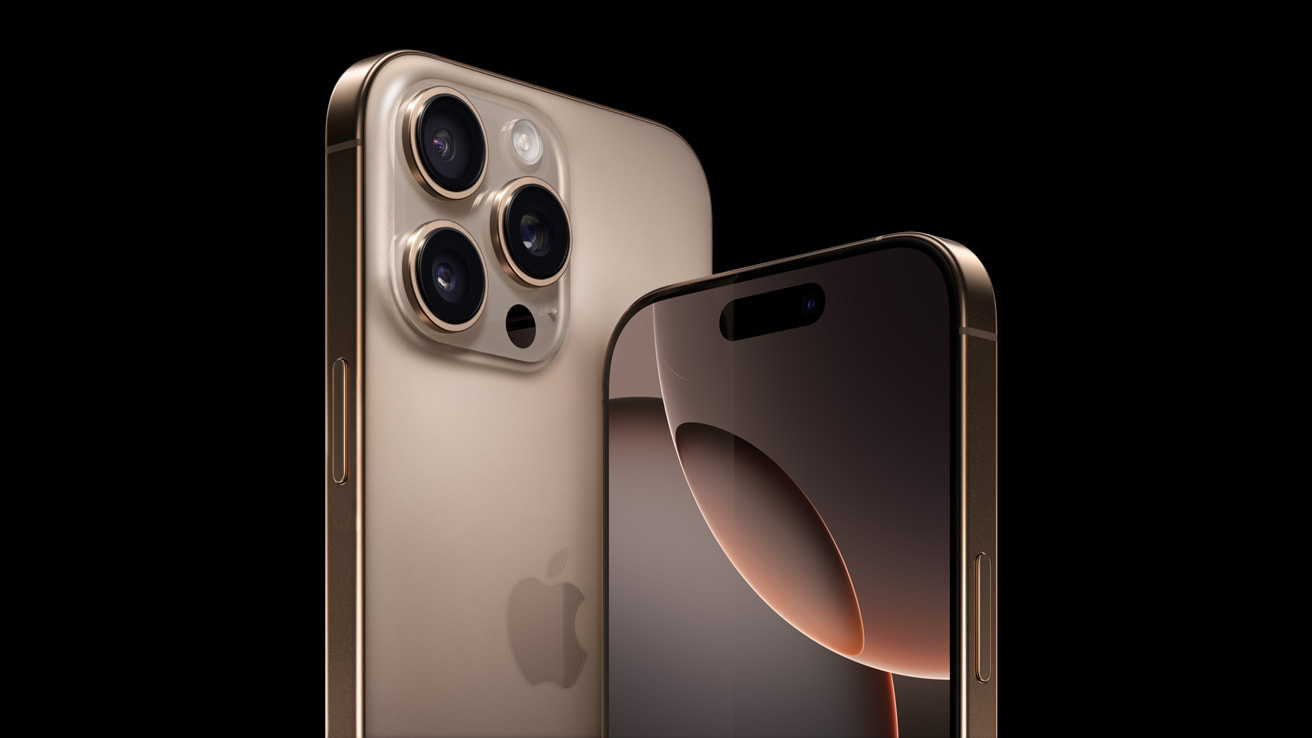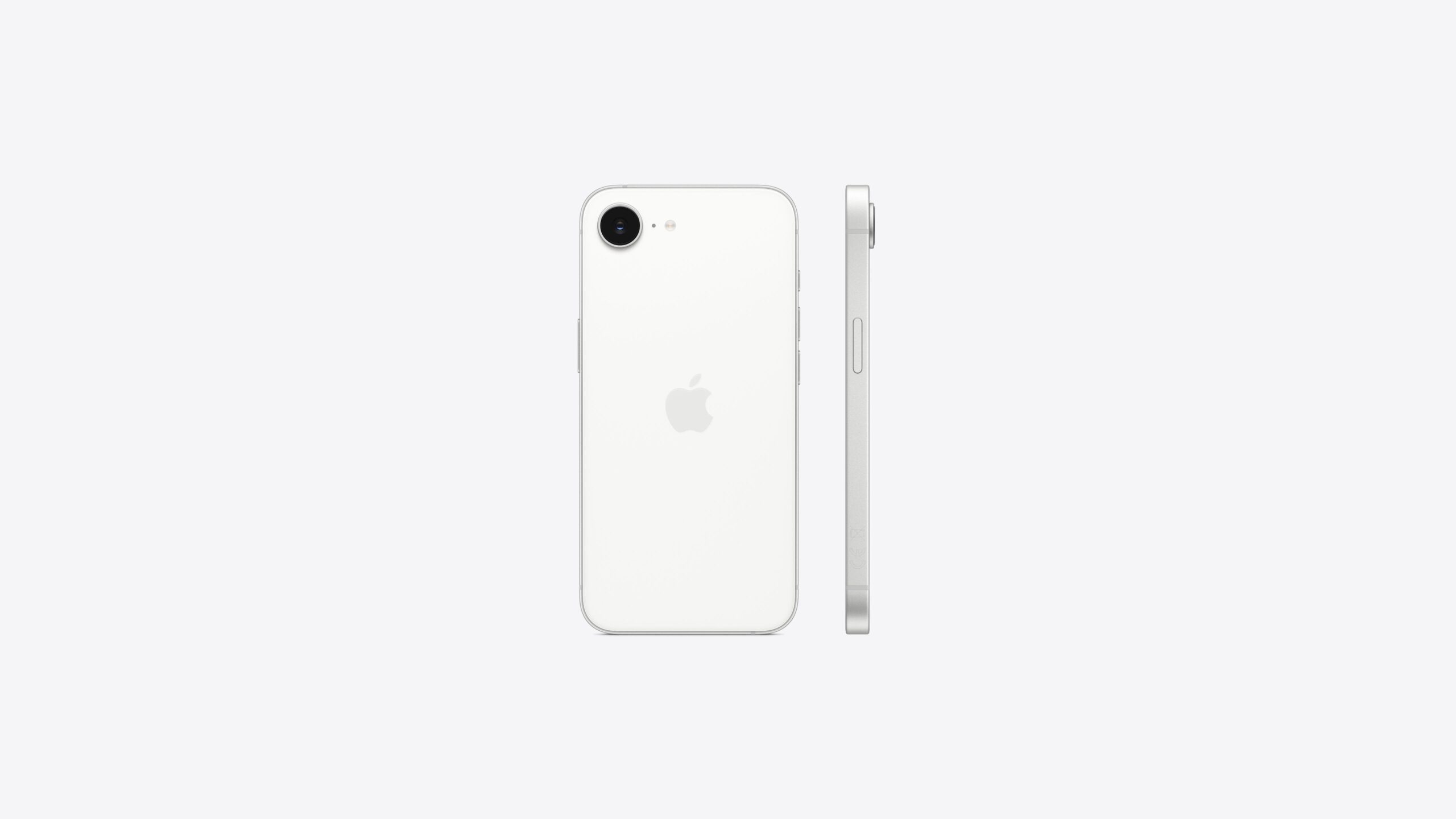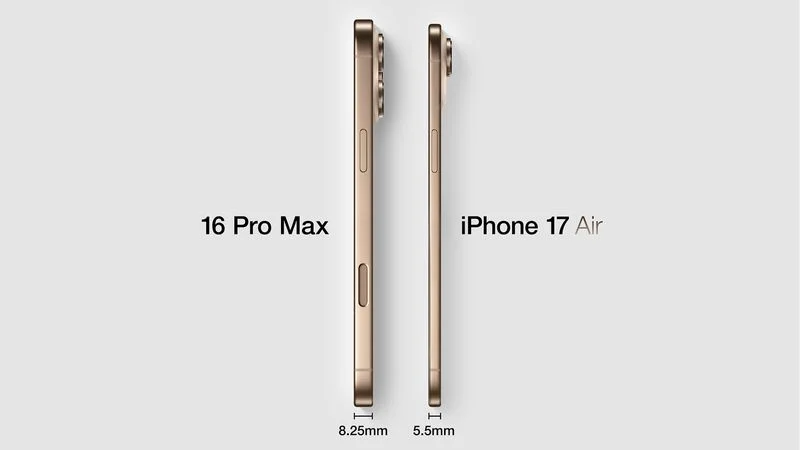Apple is gearing up to launch a foldable iPhone in 2026, and it might come with a feature people have been dreaming about: a display without an annoying crease. This book-style phone, folding open like a Samsung Galaxy Z Fold, is expected to have a 5.5-inch outer screen and a 7.8-inch inner screen, roughly the size of an iPad mini when unfolded. The big deal? Apple is aiming to make the screen look perfectly smooth, tackling the crease problem that bothers users of other foldable devices.
This isn’t a sudden idea. Over ten years ago, in 2014, Apple filed a patent for a hinge that creates a “gapless” fold, ensuring the screen stays sleek. That long-term effort shows Apple’s dedication to perfection. A crease-free display would make the iPhone Fold ideal for watching movies, gaming, or splitting the screen for multiple apps.
Rumors suggest the foldable iPhone will be super slim, possibly using tech from the iPhone 17 Air to stay lightweight yet powerful. But this cutting-edge device might cost around $2,000, a premium price for a phone that doubles as a small tablet. Apple’s focus on quality could make the iPhone Fold a standout in the foldable world. By fixing the crease issue, they might raise the bar for what a foldable phone can be. What do you think about this? Share your thoughts!
